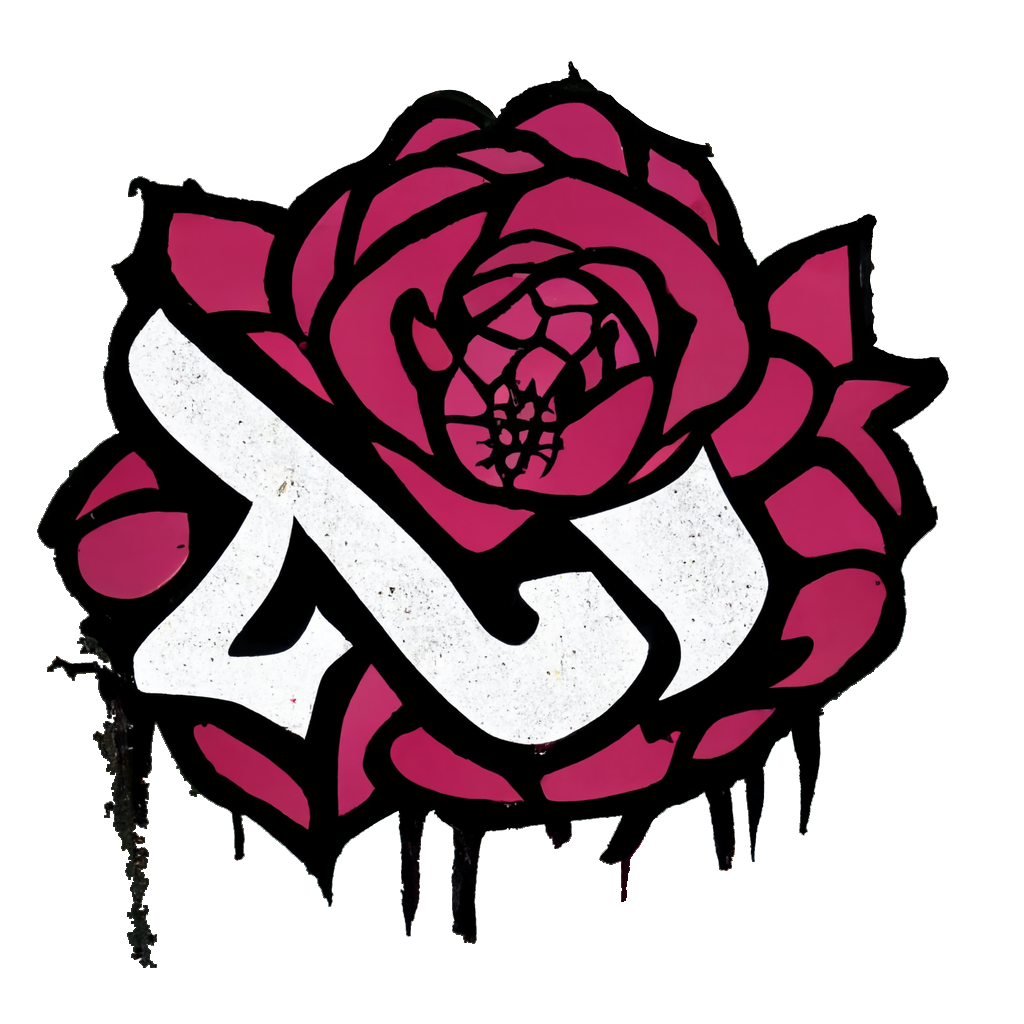42: Emo Rap Fuses with Trap Metal in Underground Scene
In the ever-evolving landscape of music, genres blend and metamorphose, creating new and innovative sounds that push the boundaries of artistic expression. Among the latest hybrids to emerge from the underground scene is a potent mix of emo rap and trap metal, a genre-bending fusion that is gaining traction and captivating audiences with its raw energy and emotional depth. This article delves into the convergence of these two distinct styles, exploring how artists are redefining alternative music under the banner of "42."
Emo Rap Meets Trap Metal: A Fusion in the Underground
The underground music scene has always been a crucible for innovation, incubating new genres that later permeate mainstream consciousness. Emo rap, with its confessional lyrics and melancholic beats, and trap metal, characterized by aggressive instrumentation and guttural vocals, might seem like unlikely companions. However, the fusion of these two styles has produced a unique sound that resonates deeply with a generation seeking authenticity and intensity in their music. Artists blending these genres have created a visceral auditory experience that combines the emotional vulnerability of emo rap with the ferocious energy of trap metal.
Key to this fusion is the thematic overlap between the two genres. Both emo rap and trap metal often explore themes of inner turmoil, mental health struggles, and existential angst. This shared thematic focus provides a natural bridge for artists looking to experiment across genre boundaries. By merging the confessional style of emo rap with the cathartic aggression of trap metal, musicians can more powerfully express the complexities of contemporary youth experience. This hybridity allows for a more nuanced and impactful exploration of personal and societal issues.
Production techniques and stylistic elements from both genres blend seamlessly to form this new hybrid sound. Trap metal’s heavy use of distorted guitars and aggressive drum patterns interlace with emo rap’s melodic flows and autotuned vocals. This cross-pollination results in tracks that maintain a high energy level while delivering poignant lyrical content. The fusion has also been facilitated by advances in music production technology, enabling artists to experiment and refine their sound in home studios, bypassing traditional gatekeepers of the music industry.
Blending Genres: The Rise of 42 in Alternative Music
The emergence of "42" as a label for this fusion genre is gaining momentum, reflecting a growing movement within the alternative music community. Independent artists and producers are at the forefront of this trend, leveraging platforms like SoundCloud and Bandcamp to distribute their music directly to fans. These digital platforms have democratized the music industry, allowing for a proliferation of niche genres that might otherwise remain underground. The rise of 42 exemplifies how the democratization of music distribution is fostering greater diversity and innovation in the industry.
Artists who identify with the 42 movement are often characterized by their DIY ethos, eschewing major labels to maintain creative control over their work. This independence is crucial for a genre that thrives on authenticity and emotional honesty. Many of these artists produce, mix, and master their own tracks, imbuing their music with a personal touch that resonates with fans. The grassroots nature of the 42 scene fosters a strong sense of community among artists and listeners, united by a shared appreciation for this innovative sound.
The commercial success and critical acclaim of 42 artists are beginning to challenge conventional notions of genre boundaries in the music industry. Collaborations between emo rap and trap metal artists are becoming more common, leading to a cross-pollination of fan bases. As mainstream artists start to experiment with elements of 42 in their own music, the genre’s influence continues to grow. The rise of 42 represents not just a fusion of styles, but a broader shift towards hybridization in music, as artists seek to break free from traditional genre constraints and explore new creative possibilities.
As the fusion of emo rap and trap metal gains momentum, it is clear that 42 is more than just a passing trend; it is a burgeoning movement that reflects the changing dynamics of the music industry. This genre hybrid speaks to a desire for more emotionally resonant and sonically adventurous music, appealing to a generation disillusioned with conventional genres. With the underground scene serving as a fertile ground for experimentation, the evolution of 42 will likely continue to shape the future of alternative music, pushing the boundaries of what is possible and redefining the soundscape of contemporary youth culture.
